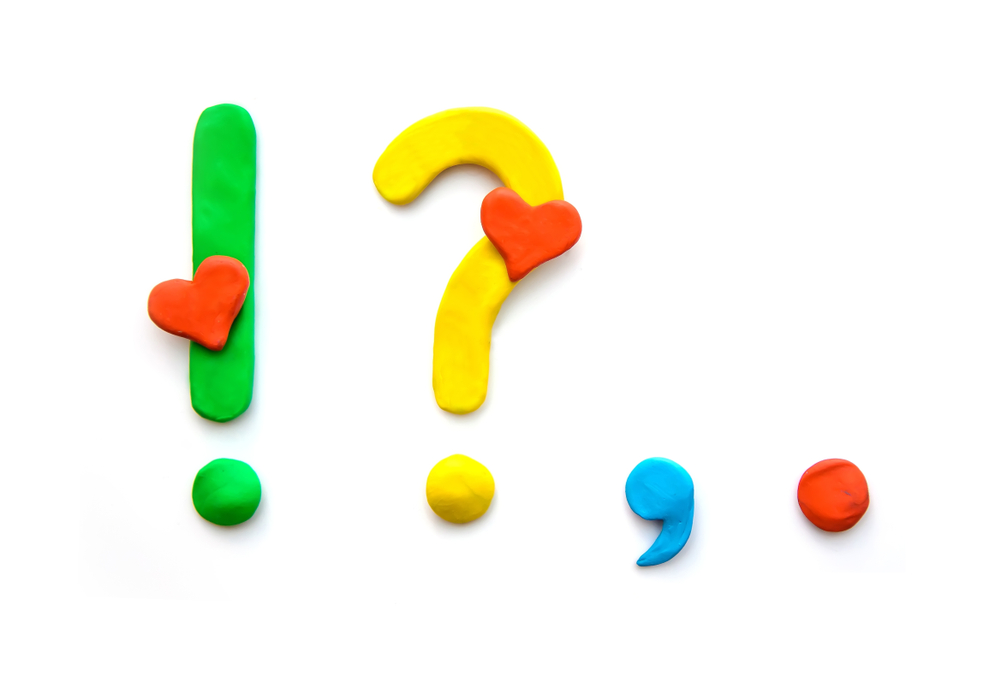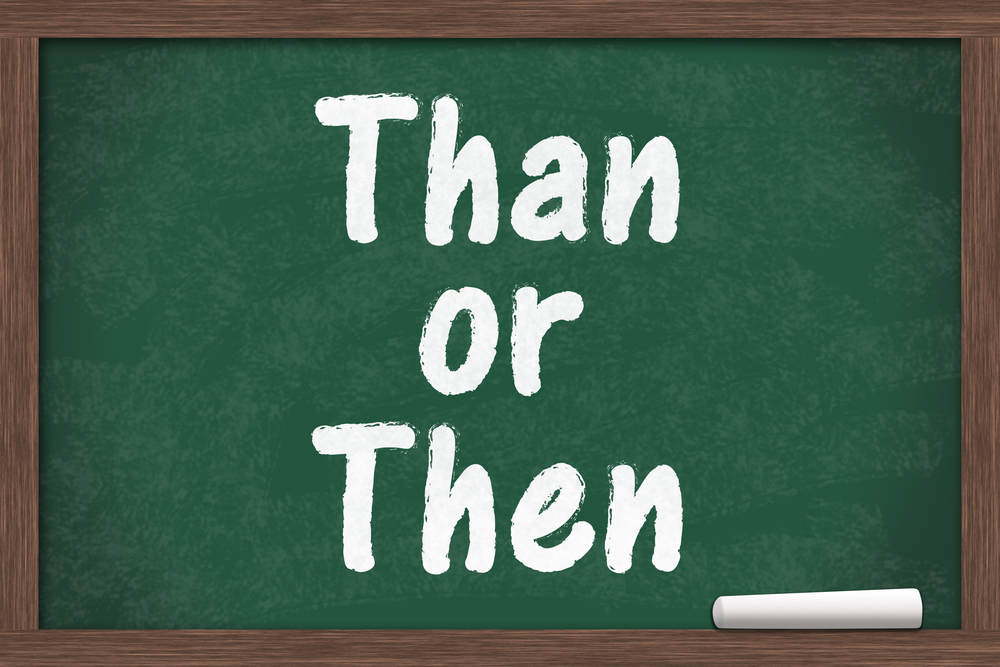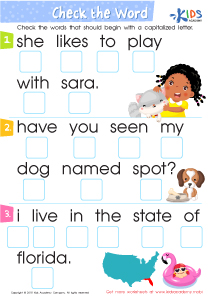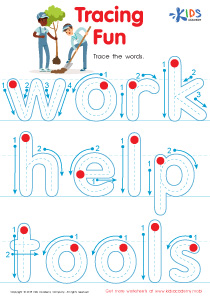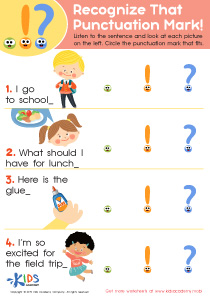Syllable identification Normal Grammar Worksheets for Ages 4-9
5 filtered results
-
From - To
Enhance your child's language skills with our Syllable Identification Normal Grammar Worksheets for Ages 4-9. These engaging worksheets help young learners grasp the concept of syllables, boosting their reading and writing abilities. Designed to align with grade-level expectations, they offer fun and interactive exercises that simplify syllable identification. Ideal for both classroom and at-home learning, our worksheets make early education enjoyable and effective. Nurture your child's phonemic awareness and set a strong foundation for their language development with our expertly crafted activities. Discover the difference structured learning can make today!
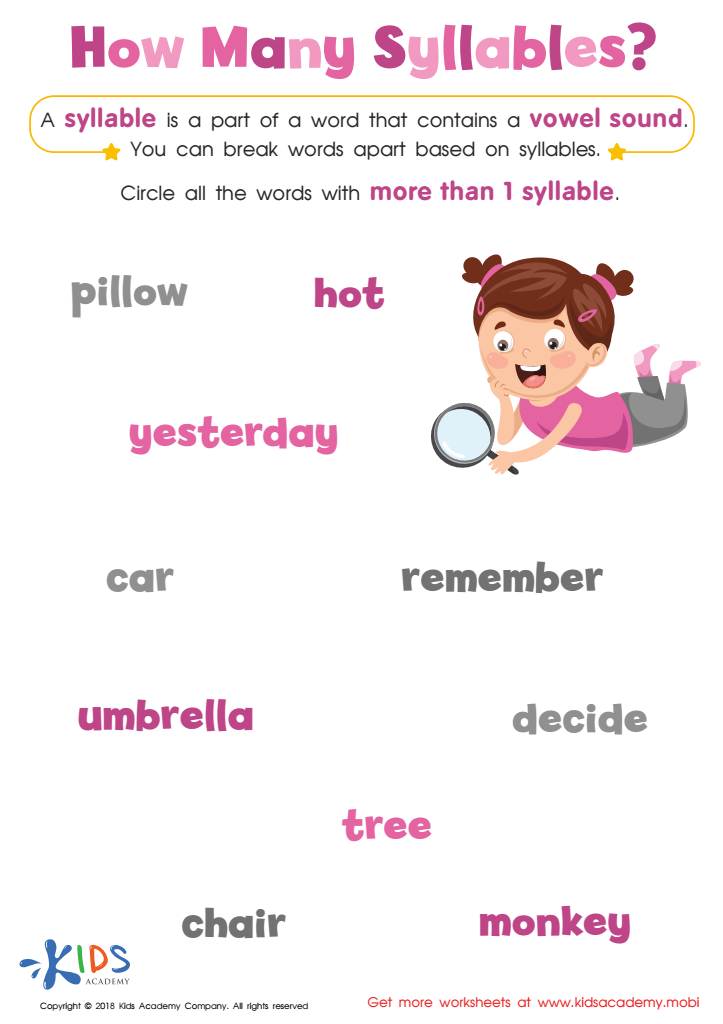

Reading: How Many Syllables Worksheet
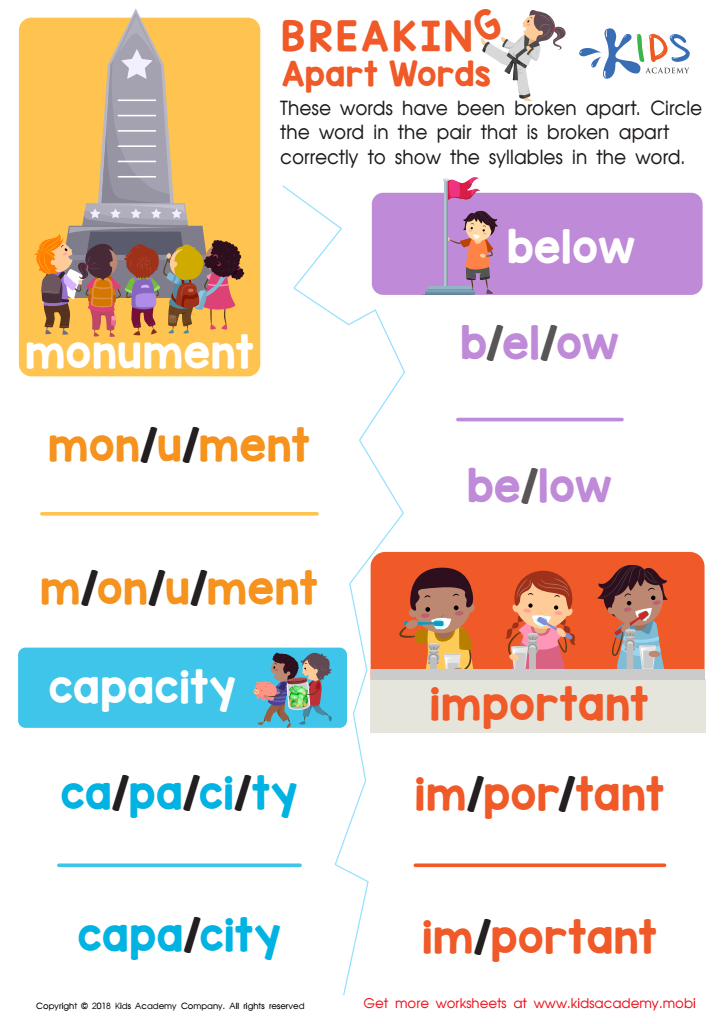

Breaking Apart Words Worksheet
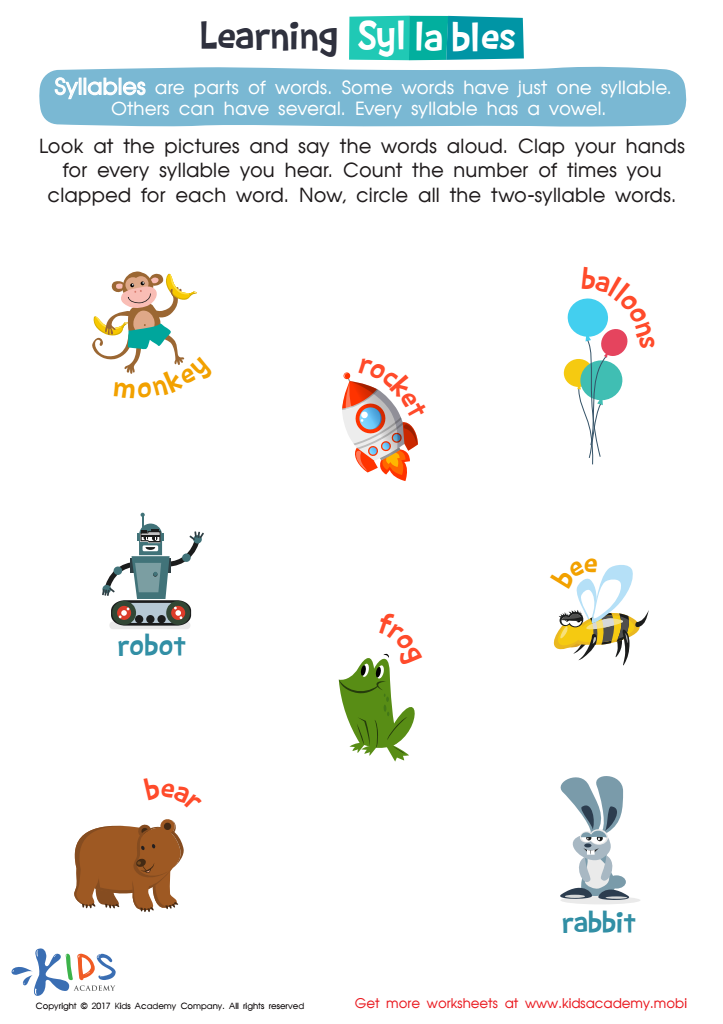

Learning Syllables Word Structure Worksheet
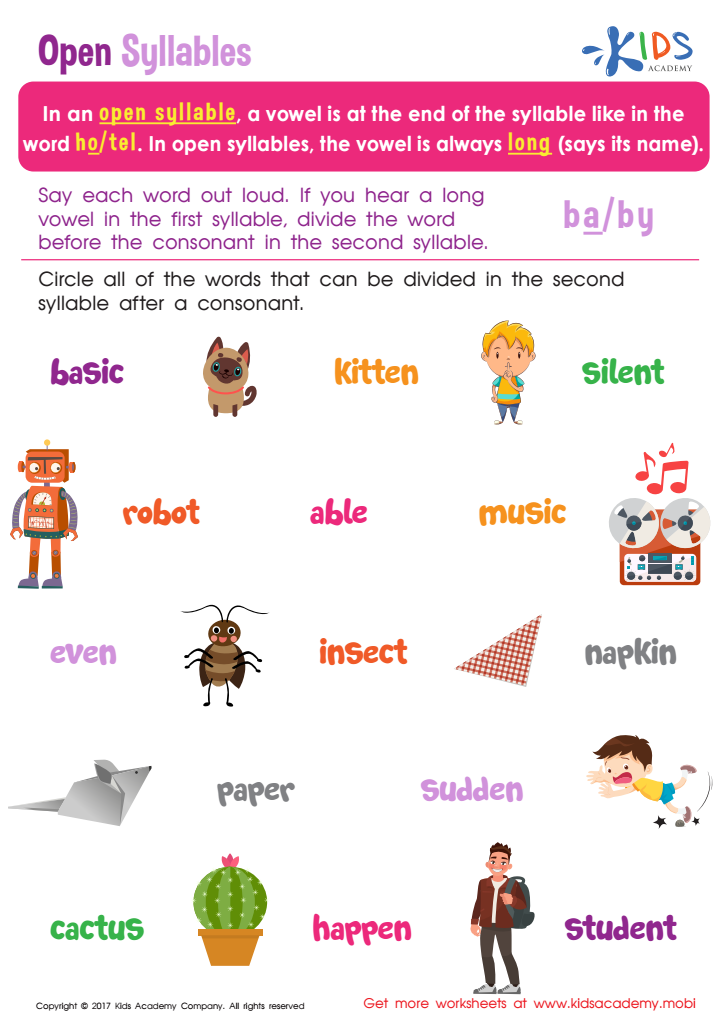

Open Syllable Printable Worksheet
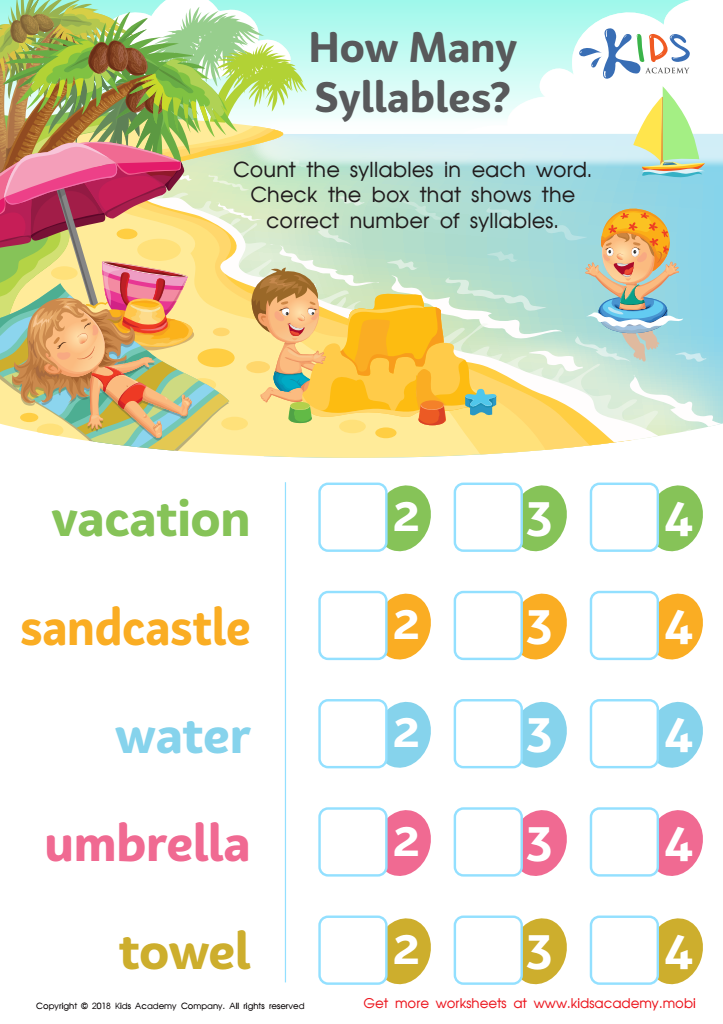

How Many Syllables Worksheet
Syllable identification and normal grammar are foundational aspects of language development that parents and teachers should prioritize for children ages 4-9. Syllable identification helps young learners break down words into manageable parts, facilitating more effective reading skills. By recognizing syllable patterns, children can decode new words more quickly, improving their phonetic awareness and fluency. This skill is critical in early literacy as it lays the groundwork for more advanced reading and comprehension skills later on.
Normal grammar understanding is equally vital as it enables children to form coherent sentences, enhancing their verbal and written communication. Mastery of basic grammatical rules helps young students make sense of the language, fostering clearer and more structured thought processes. These skills are not only important for academic success but also for everyday interactions, boosting children's confidence in expressing themselves.
Moreover, early proficiency in syllable identification and grammar correlates with better performance across various subjects, as many require strong reading and communication abilities. By investing in these linguistic aspects during the crucial developmental window of ages 4-9, parents and teachers help equip children with the essential tools for lifelong learning and effective communication.
 Assign to My Students
Assign to My Students



